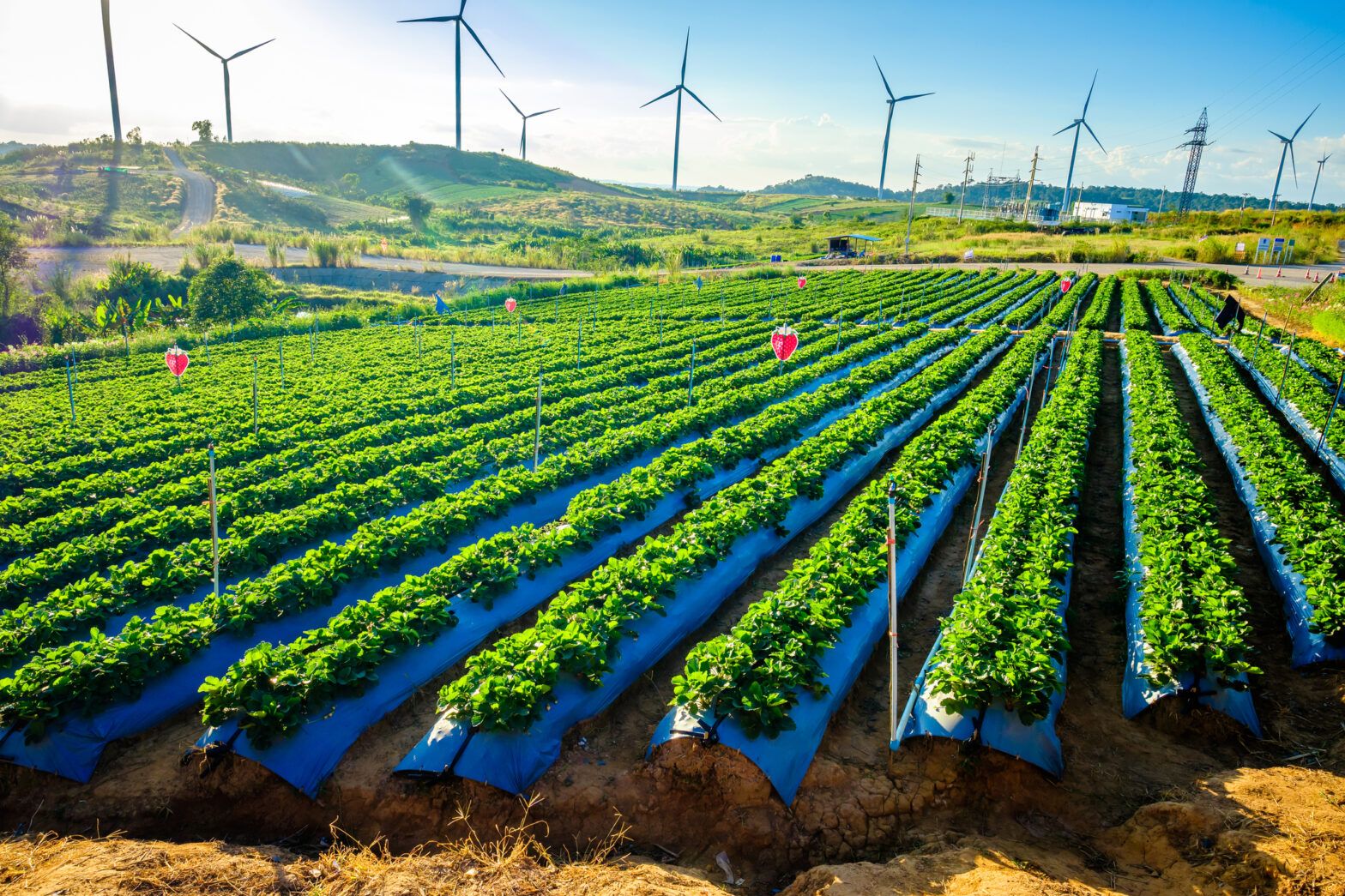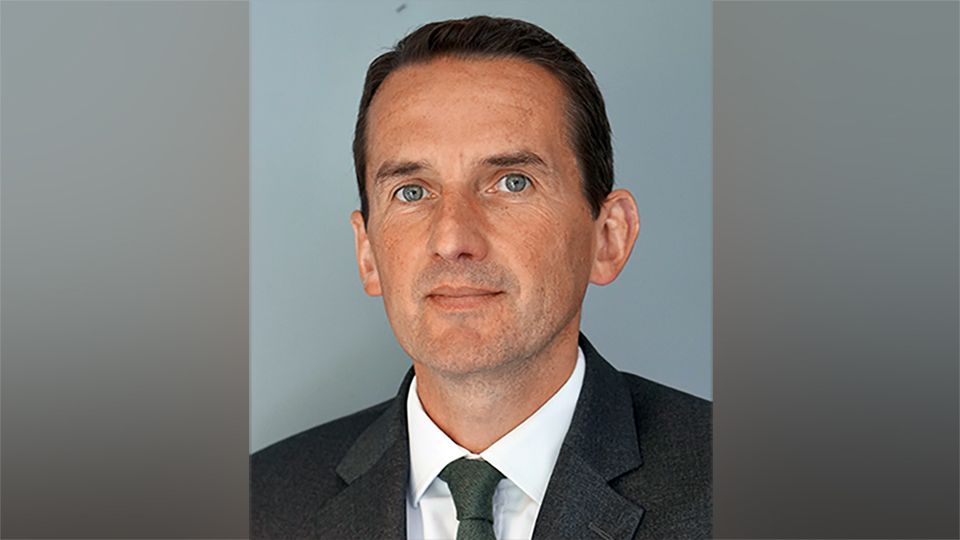The investment case for sustainable fixed income in Asia is growing, led by a combination of tackling climate change risks, corporate governance standards and the region’s ageing population.
Manulife Investment Management (IM) forecasts ESG bond issuance to continue to rise. This will be driven by policy needs as well as growing investor interest, thereby broadening the opportunity set available within the segment.
“Investing in ESG bonds should be part of a holistic approach to ESG investing overall, assuming the issuers are committed to moving towards a sustainable business model,” explained Alvin Ong, portfolio manager, fixed income, for Manulife in Singapore.
More specifically, to benefit from the current dynamics in the region, he is focused on climate change, corporate governance and an ageing population.
Targeted thematics
From a corporate governance standpoint, standards can vary significantly in Asia, with many companies often owned by only a few shareholders. As a result, the region typically features in the lower tier of most global rankings.
Asia’s challenges tend to stem from lower transparency and quality of disclosure than in more developed economies. Yet Ong said this offers an opportunity: “We believe strong ESG performance should be a proxy for identifying quality companies with potential to outperform companies with inferior ESG attributes.”
At the same time, risks from environmental pollution and climate change continue to weigh on Asia.
For example, the region is responsible for around half of global carbon emissions. Although there is increasing regulatory pressure to address this, Ong said those companies with better ESG performance – such as via investment in clean technology and renewable energy – will face less regulatory pressure.
“New products and services that can accelerate the transition to a cleaner, low-carbon economy could unlock significant business opportunities,” said Ong.
Water scarcity represents another prominent issue; research suggests that by 2050, water scarcity could affect up to 3.4 billion of Asia’s population, potentially threatening food security. In addition to improving existing infrastructure, improving water-usage efficiency requires investment into research and development, particularly in traditionally water-intensive industries.
“We seek opportunities to benefit from the provision of clean energy and low carbon emissions that will help mitigate climate change,” Ong added.
Asia’s demographics, meanwhile, also offer bond investors increasing opportunities. The region represents 60% of the global population and accounts for almost 60% of the world’s material use. Yet sustainable investing assets in the region comprise less than 10% of the global total.
In line with this, Manulife is looking to tap into opportunities from the provision of retirement services to Asia’s ageing population.
Tackling common issues
Despite the market potential for sustainable fixed income investing in Asia, a lot of work still needs to be done to tackle three key hurdles, believes Manulife Investment Management.
One of these is consistency, with the lack of a globally used taxonomy posing problems for issuers and investors.
According to the fund house, creating this will ensure that data vendors, ESG research providers, issuers and investors can use the same criteria and terminology. It will also overcome the need to procure different metrics for different groups of investors, which can be responsible for nudging costs higher.
The asset manager is also calling for policymakers to address the issue of ratings, given that ESG-scoring firms aren’t regulated in the same way as regular credit ratings firms.
As a result, when doing an external review process for green bonds coming onto the debt market, for instance, there might be unanswered questions relating to greenwashing, or about the use of proceeds raised from the sale.
As a result, the firm supports the EU’s introduction of its own classification system of sustainable activities in July 2020, to pave the way to a meaningful convergence of taxonomies and regulations going forward.








